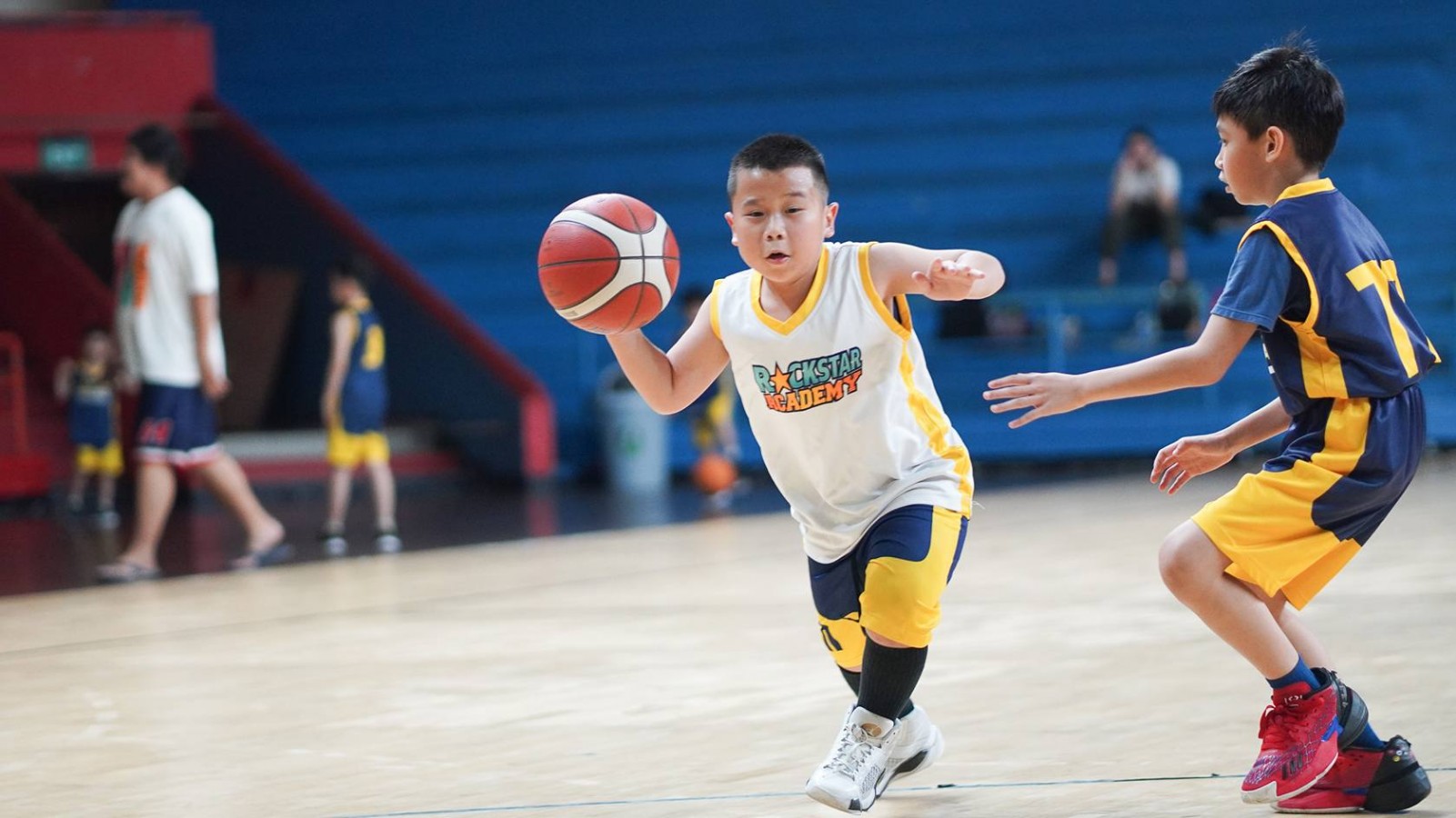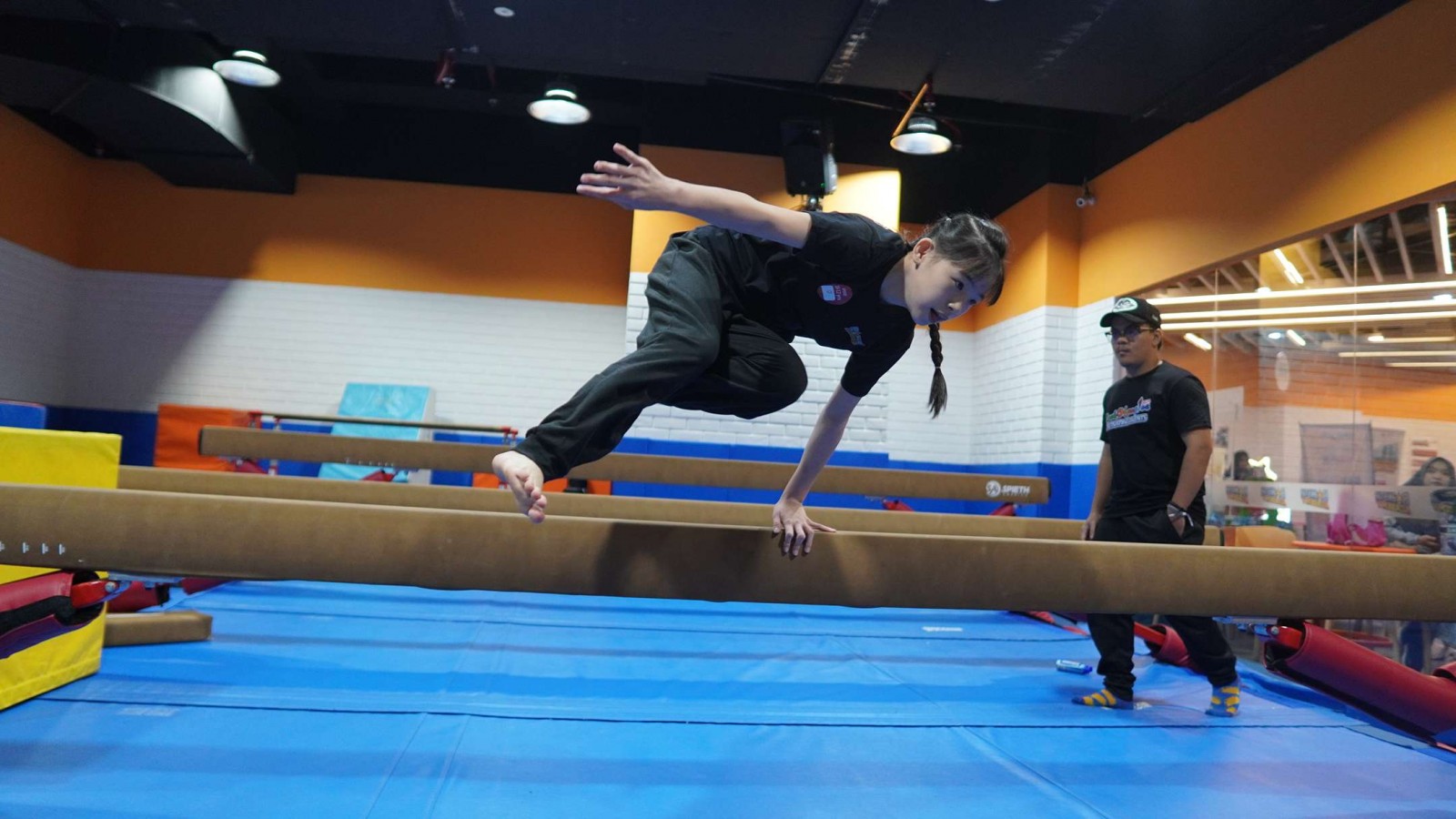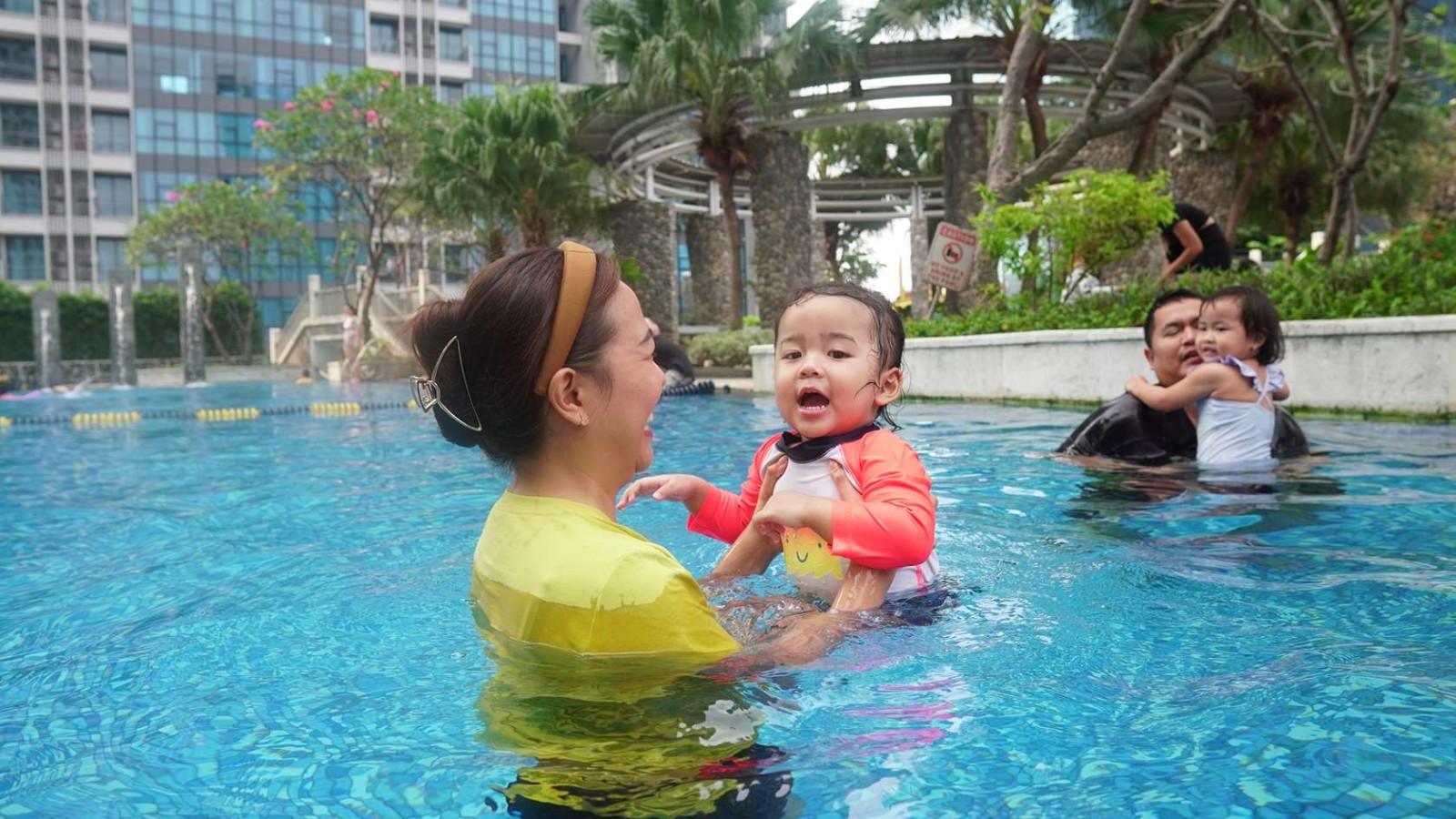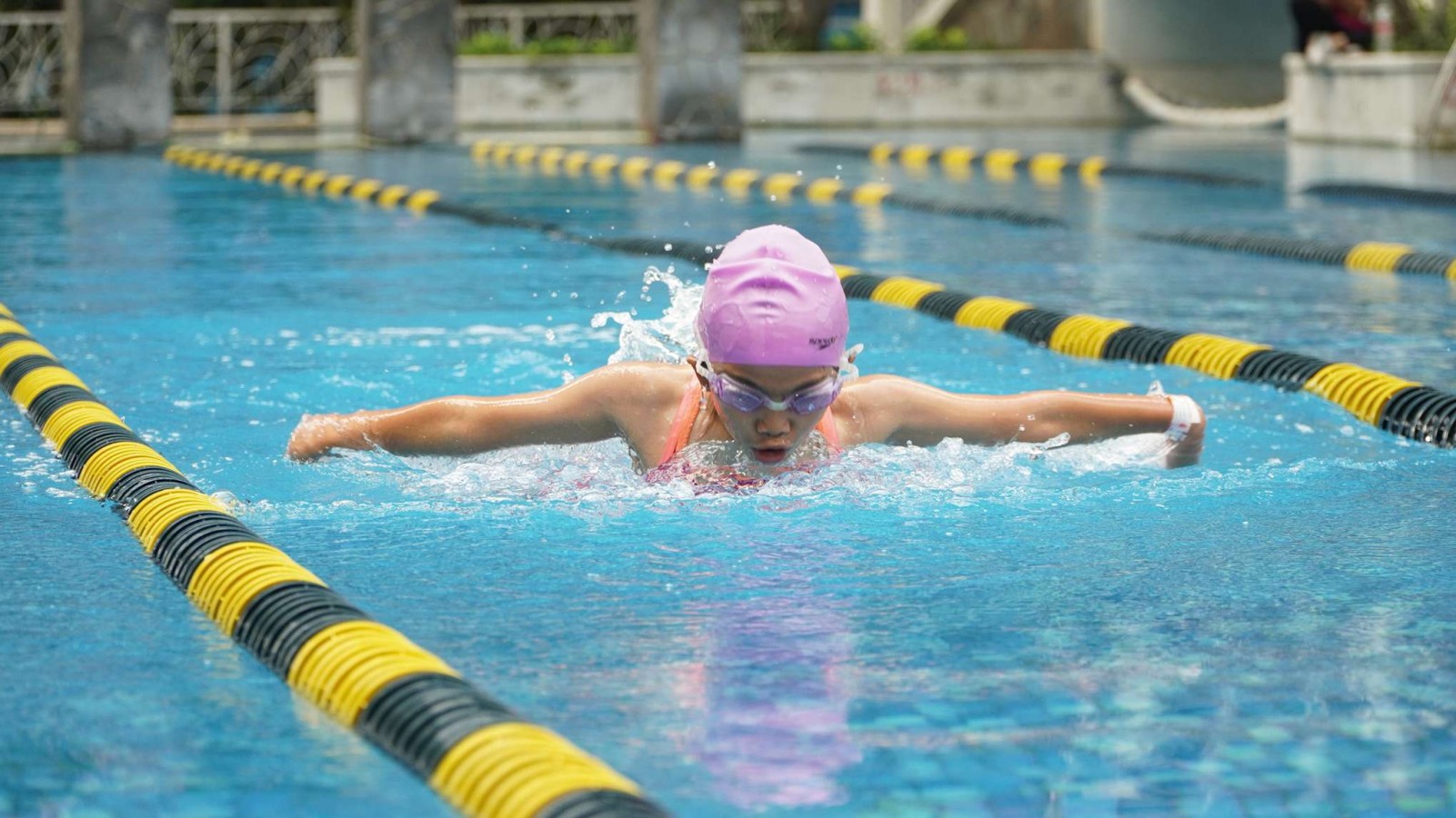What Is Basketball Isolation and How To Do It Effectively?

Among the many strategies that coaches use to gain an advantage, basketball isolation plays stand out as one of the most effective and dynamic methods. But what exactly is basketball isolation, and how can players execute it effectively?
Let’s dive into the details of isolation in basketball and explore how to set up and optimize these plays for success.
What is Basketball Isolation?
Isolation in basketball refers to a situation where a player isolates themselves from the rest of the team in order to create a one-on-one matchup with a defender.
Essentially, it’s an offensive strategy that focuses on allowing a single player to use their skills to break down a defender and score without much help from teammates.
In an isolation play, the ball handler typically uses their skills to attack the defense while the rest of the team clears out to give that player space. The idea is to create an advantageous situation where the offensive player can outmaneuver or outsmart their defender, resulting in a high-percentage scoring opportunity.
How to Set Up Isolation
Setting up an effective isolation play requires careful execution and planning. While it may look simple, creating the right conditions for a successful isolation involves understanding when and where to use this play. Here’s how to set up a basketball isolation:
1. Choose the Right Player
Isolation plays work best when a team has a player who excels in one-on-one situations. This player should possess strong ball-handling skills, quick footwork, and the ability to make quick decisions on the fly. This could be a skilled point guard, shooting guard, or even a forward who is strong at driving to the basket.
2. Create Space
For the isolation play to work, the offensive player needs plenty of room to maneuver. This is typically achieved by having the other players clear out to one side of the court. The ideal space for isolation is often on the wing or at the top of the key.
The defender should be left in a position where they can’t get help from teammates, creating a one-on-one situation.
3. Set Screens (Optional)
While isolation is designed to focus on one player, sometimes setting a screen (such as a pick) can help the ball handler gain a step on their defender. A well-timed screen can force the defender into a switch or give the offensive player a slight advantage, making it easier to create an opening for a shot or drive.
4. Read the Defense
The ball handler must read the defense quickly and make a decision. If the defender plays tight defense, the offensive player may look to drive past them. If the defender plays off a bit, the ball handler may take the opportunity for a jump shot or pull-up.
5. Utilize the Mismatch
Isolation is most effective when there is a mismatch. This could be a speed advantage, height advantage, or even a skill-based mismatch. If the defender is weaker or slower, the offensive player can take advantage of that by driving to the hoop or by using a series of moves to get an open shot.
Isolation Tips: How to Be Effective in Isolation Plays
To be successful at isolation, players must develop a variety of skills, including ball handling, footwork, and decision-making. Here are some tips to execute isolation plays more effectively:
A. Use Deceptive Moves
Effective isolation players don’t rely on speed alone—they also use deception to throw off their defender. A series of fakes (like a head fake or jab step) can create space for the ball handler to attack the basket or take an open shot.
B. Know When to Drive vs Shoot
A big part of effective isolation is reading the defender’s movements. If the defender plays off, consider taking a jump shot. If they play too tight, use your dribbling skills to drive past them to the basket.
C. Maintain Control of the Ball
Isolation often involves a lot of dribbling. It’s essential to maintain control of the ball while using your body to shield it from the defender. Quick, tight ball handling will help avoid turnovers.
D. Exploit the Weakness
Every defender has a weakness. Some defenders may struggle to keep up with fast players, while others may be poor at defending certain moves (such as a spin move). Identify these weaknesses and use them to your advantage.
E. Stay Patient
Sometimes, isolation can take time to develop. Instead of rushing, be patient and allow your moves to create the right opening. A quick, rushed decision may lead to a missed shot or a turnover.
F. Finish Strong
Isolation plays often end with a shot attempt. Whether it’s a layup, jump shot, or floater, make sure to finish the play with confidence. If you don’t finish, the entire isolation setup is wasted.
Pros and Cons of Isolation Play
As with any basketball strategy, isolation plays have their strengths and weaknesses. Here are some key pros and cons to consider:
Pros
There are several advantages in using basketball isolation play such as:
- Creates High-Percentage Shots: Isolation plays can create more open shots for skilled players, which increases the chance of scoring.
- Eliminates Help Defense: By pulling defenders away from the rest of the team, isolation reduces the chance of help defense, making it harder for defenders to assist each other.
- Exploits Mismatches: Isolation is ideal for exploiting mismatches, whether it’s a height, speed, or skill difference, between players.
Cons
But also take a note that there might be some disadvantages as well:
- Predictability: If isolation is overused, it can become predictable, allowing defenders to anticipate the play and counter it effectively.
- Isolation Fatigue: Constant reliance on one player to score can lead to fatigue, especially in the latter stages of a game.
- Limited Team Involvement: Isolation plays take away from the team’s ability to execute other offensive plays and can lead to a lack of ball movement.
Let’s Improve Your Basketball Isolation Skills!
If you're looking to improve your basketball skills, including mastering isolation plays, look no further than Rockstar Academy's basketball program! Our curriculum is designed specifically for children and teenagers, ensuring they develop the skills needed to succeed on the court.
Plus, by joining our Sports & Performing Arts program, you’ll have the exciting opportunity to compete in prestigious events like the Elite Championships and RockOlympics. These competitions provide an incredible learning experience, allowing our students to unlock their true potential as basketball players.
We’re also proud to include the Dream Team program as part of our basketball training. The Dream Team is a Competitive Sports Program designed to take student-athletes to the next level, both in sports and in life.
It’s the perfect opportunity for talented and motivated players to build their skills, develop a True Champion mindset, and compete in thrilling tournaments across Indonesia and internationally.
And the best part? You can try out the class for yourself by signing up for a free trial class! Don’t miss out on this amazing chance to elevate your game!
FAQ
Can isolation plays be used in every game?
While isolation plays can be effective, they should be used strategically. They work best when there’s a skilled ball handler and when there’s a mismatch between the offensive
Is isolation only for superstars?
While isolation plays are often associated with star players like LeBron James or Kobe Bryant, they can be used by any player who excels in one-on-one situations. With the right skills and decision-making, even role players can thrive in isolation.
How can I improve my isolation game?
To improve in isolation, focus on developing your ball-handling skills, footwork, and ability to read defenses. Practice different moves, such as crossovers, spins, and stepbacks, to keep defenders guessing.



